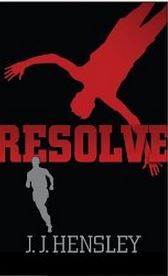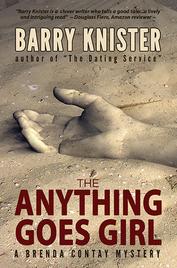by J.J. Hensley, @JJHensleyauthor
As most of you, I’ve read hundreds of mysteries and thrillers. And as most of you, I’ve recognized that many of them can be formulaic and use characters that are really cookie cutter stereotypes. I think one of the most overused characters in the mystery/thriller/suspense genre is the police officer who is incompetent, apathetic, or outright corrupt.
Now in the interest of full disclosure, I spent a decade in local and Federal law enforcement, so I have no illusions at objectivity. However, the fact of the matter is that 99% of the law enforcement community is hard-working, intelligent, and caring. The problem is that many storylines benefit from having a detective who isn’t doing her job, or a patrol officer planting evidence, or an FBI agent taking a bribe. It adds drama and there is a bit of shock value when someone in a position of authority fails to do his job. But, perhaps our writing can improve and be more unpredictable if we avoid using these stereotypes.Continue reading




